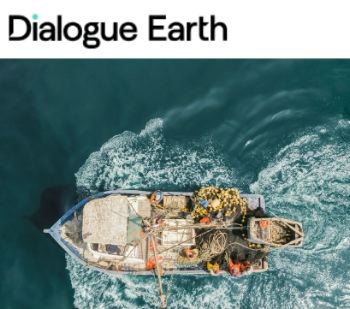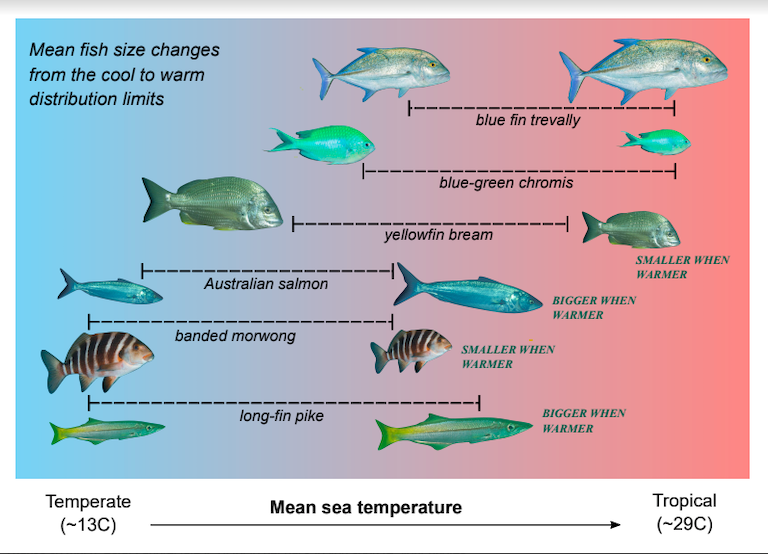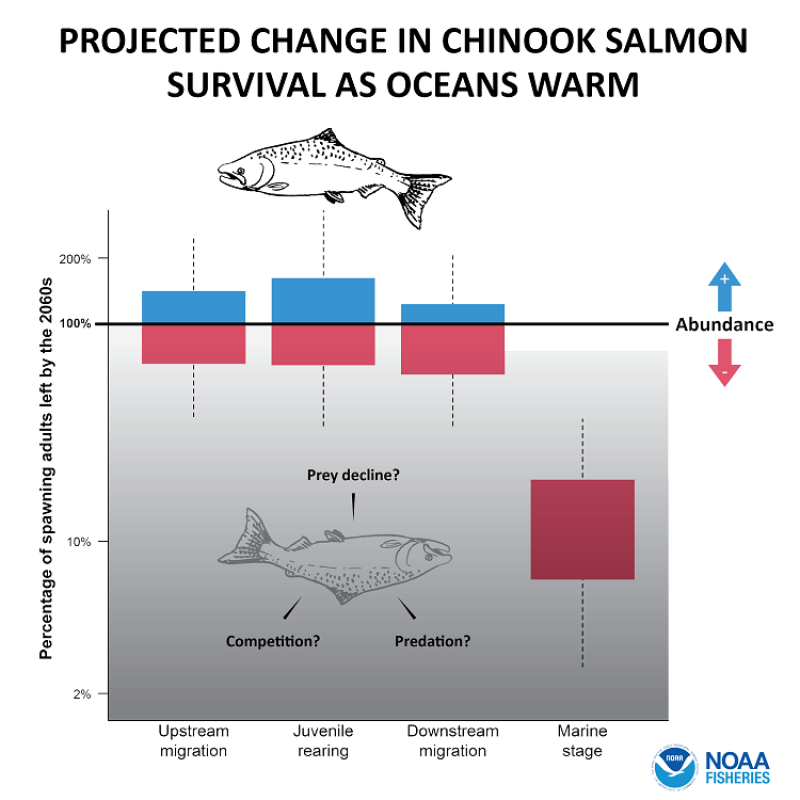|

Photo: dialogue.earth/FIS
Fish face vast decline if emissions are not reduced
 WORLDWIDE WORLDWIDE
Tuesday, July 23, 2024, 06:50 (GMT + 9)
The following is an excerpt from an article published by Dialogue Earth:
Failing to keep warming to below 3C could mean a 30% decline in catchable fish in many countries, huge study suggests
Global fish catches are likely to plunge if the planet warms by just a few degrees, according to one of the most comprehensive attempts to model this understudied topic.

The projections are based on the quantity of fish in the sea, rather than focussing on catches. But the finding raises serious concerns for commercial fishers and coastal communities who rely on fish to feed themselves and their families.
Nearly 50 countries and territories face a reduction of 30% or more in their exploitable fish if warming reaches 3 to 4C above pre-industrial levels by the end of the century, according to a report launched by the UN’s Food and Agriculture Organization (FAO).
Holding warming to 1.5 to 2C, by achieving net-zero emissions around 2050, would stabilise losses to less than 10% for most countries and territories.
 If every nation achieves its climate action targets, the world would still be on track for a global average temperature rise of 2.5 to 2.9C, according to a UN report from 2023. If every nation achieves its climate action targets, the world would still be on track for a global average temperature rise of 2.5 to 2.9C, according to a UN report from 2023.
The FAO research lead, Julia Blanchard, says fishers with effective management could adapt to likely losses under the 1.5-2C low-emissions scenario. But it would become “quite frightening” with the 3-4C high-emissions scenario.
Blanchard hopes her latest work will build an even stronger case for cutting emissions when policymakers update their climate action plans and targets, known as nationally determined contributions (NDCs). Nations are due to revise their NDCs by early 2025 under the Paris Agreement.
Fleeing fish mean some nations suffer more
A warming ocean reduces nutrient flow from deeper waters to surface layers where many fish live. It decreases the amount of tiny organisms, known as phytoplankton, living near the sea surface and even their average size. This undercuts the base of the marine food web.
Fish generally grow and feed at faster rates in a hotter environment. When their food supply is not sufficient for faster growing, they maintain their body sizes, ending up smaller.
.png)
Click image to enlarge it
Blanchard’s study projects the “exploitable fish biomass” – meaning the combined weight of fish of between 10g and 100kg – across all countries and territories under low- and high-emissions scenarios.
The impacts it shows are widespread, with some top fish-producing countries facing particularly significant losses if emissions remain high.
By 2100, exploitable fish biomass within Peru’s exclusive economic zone – the area of ocean stretching 200 nautical miles from its coastline – would likely decline by 37%, and China’s could see a 31% decline. Small island states that are already struggling with the impacts of climate change, including Papua New Guinea, Tuvalu and the Solomon Islands, could see decreases of over 40%.
By 2050, all these countries are likely to face a 10% decline in their potentially catchable fish, the work finds.

If warming does not exceed 2C, declines for all these nations would be kept to a maximum of 13% by the end of the century.
As ocean temperatures increase, fish biomass in some regions, including the Arctic Ocean, may even increase. But Blanchard says where increases are seen, different models cannot agree on the direction of change. The authors have “very low confidence” in estimated increases.
She also notes that the research models climate impacts on fish but not compounding pressures such as fishing and other human activities. Her team are still working on factoring fishing itself into projections.
Multiple models deliver ‘best available science’
Scientists who were not involved in the research say the cutting-edge approach of the work provides an unmatched understanding of the range of climate impacts on fisheries.
Instead of applying one or two models, the researchers behind the study used an “ensemble”. This included two Earth system models, which project changing ocean conditions, and up to nine ecosystem models, which capture ecological responses to these conditions.[continues...]

Author: Regina Lam | Read the full article by clicking the link here
[email protected]
www.seafood.media
|



